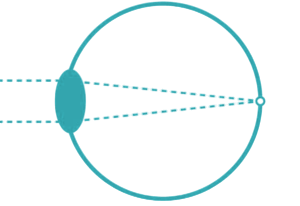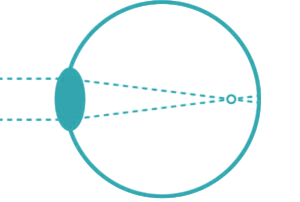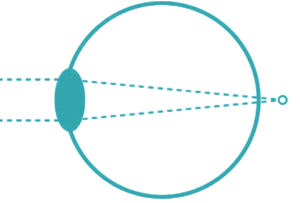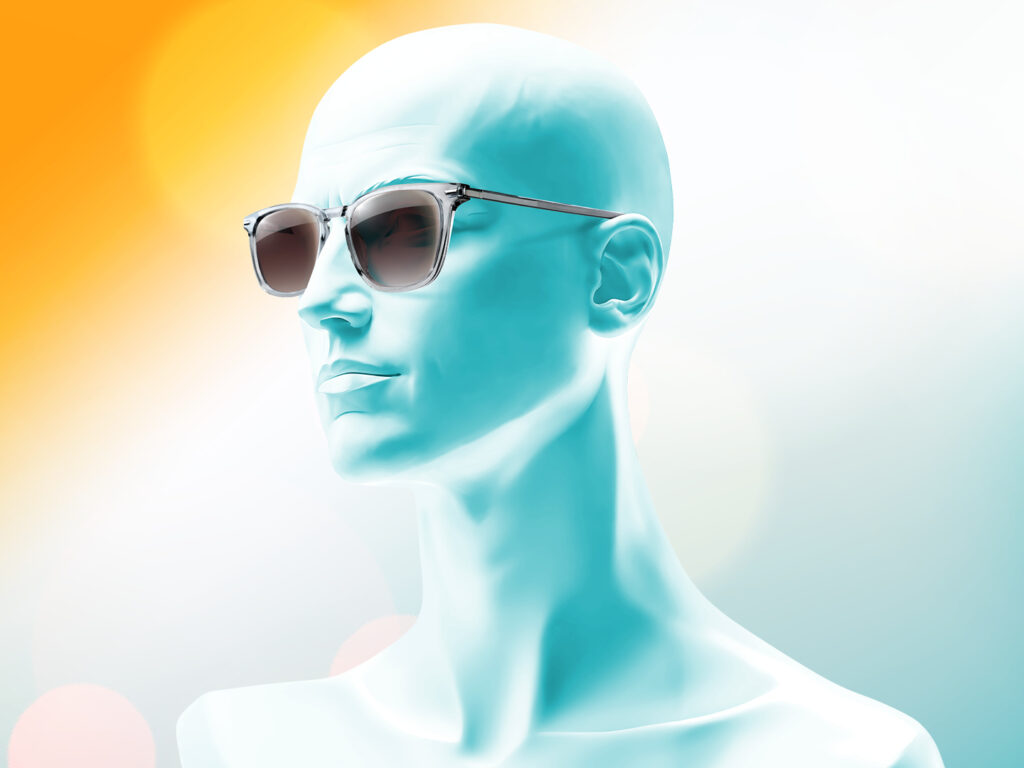- Produkte
MPO Gleitsichtgläser
Zeichnen sich durch ihre herausragende Vielseitigkeit ausMPO Einstärkengläser
Bieten höchste optische Präzision für klares SehenMPO Nah- und Raumdistanzgläser
Optimale Lösung für scharfe Sicht im erweiterten NahbereichMPO Mehrstärkengläser
Verbinden Nah- und Fernsicht durch zwei verschiedene SichtzonenMPO Sonnenbrillengläser
Gefärbte Gläser mit UV-SchutzMPO Veredelungen
Mehr Schutz für BrillengläserGleitsicht
Einstärken
Nah- und Raumdistanz
Mehrstärken
Sonnenbrillen-gläser
Veredelungen
- Services
Marketingsupport
Unterstützung bei Werbung & Co.Verkaufstools
Speziell für die BeratungEinschleifservice
Service mit präzisen ErgebnissenFernrandung
Erhalten Sie schon fertige BrillengläserMarketingsupport
Verkaufstools
Marketing-support
Verkaufstools
Einschleif-
serviceFernrandung
- Wissen
- Über MPO
Über uns
Premium Brillengläser in höchster Qualität75 Jahre Handwerk
Qualität mit Tradition seit über 75 JahrenÜber uns
75 Jahre Handwerk
- Kontakt






